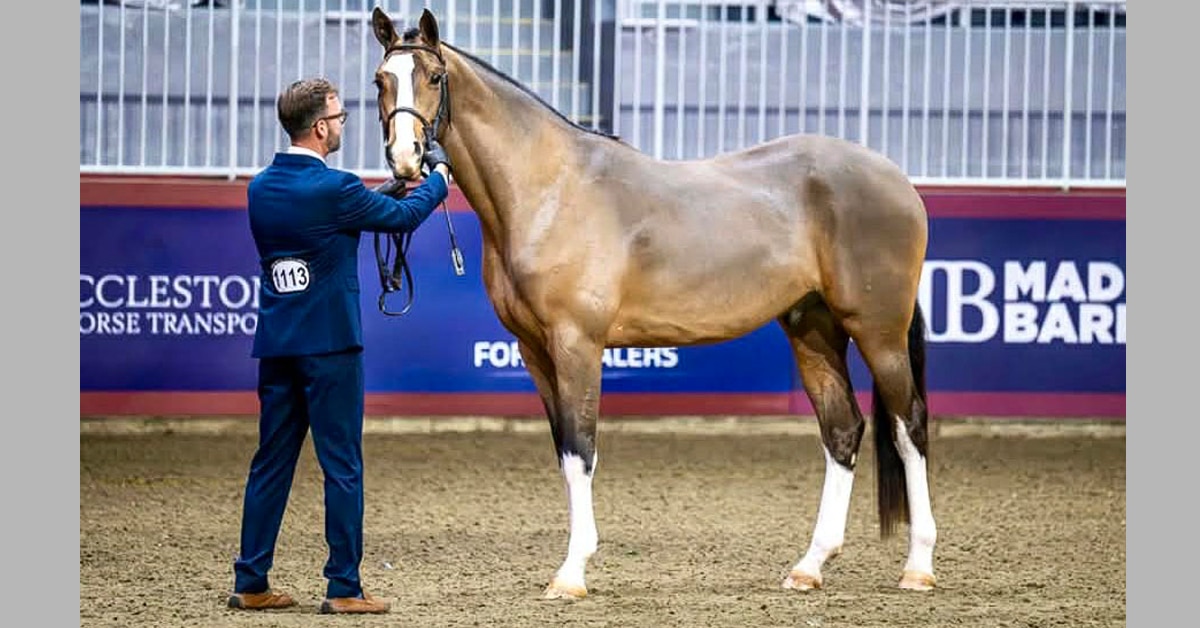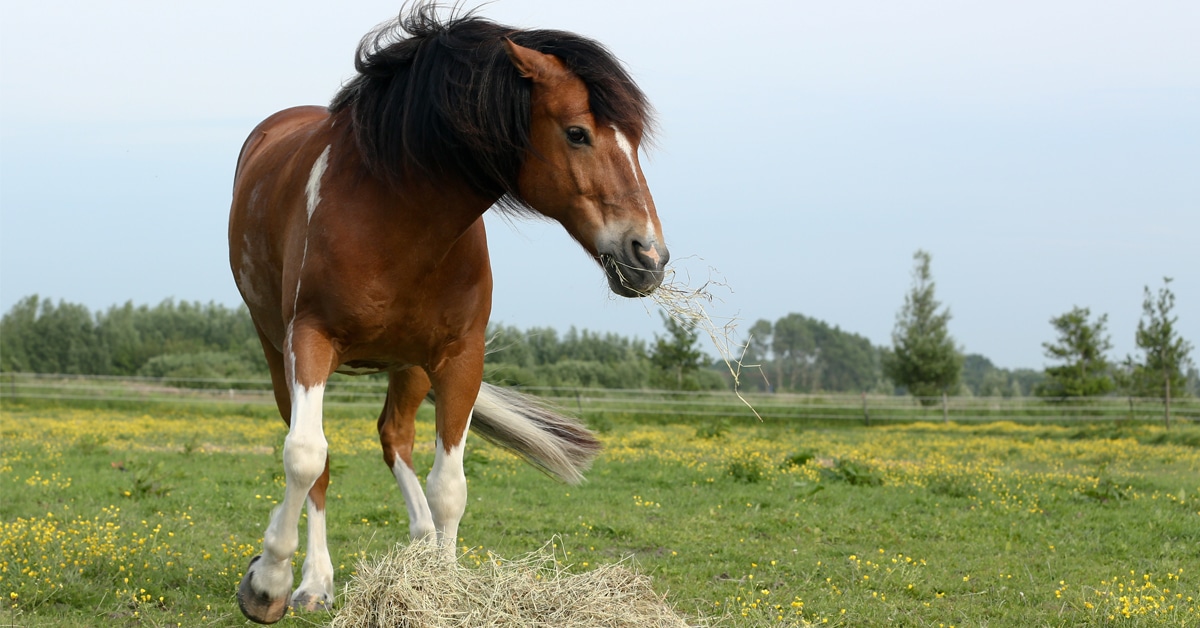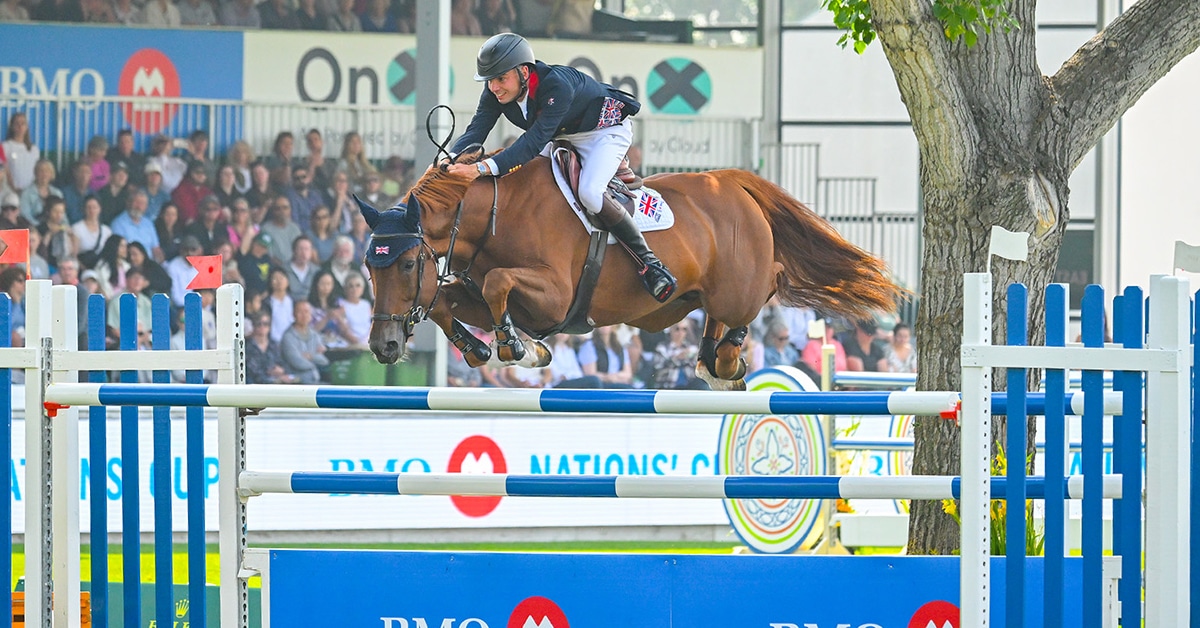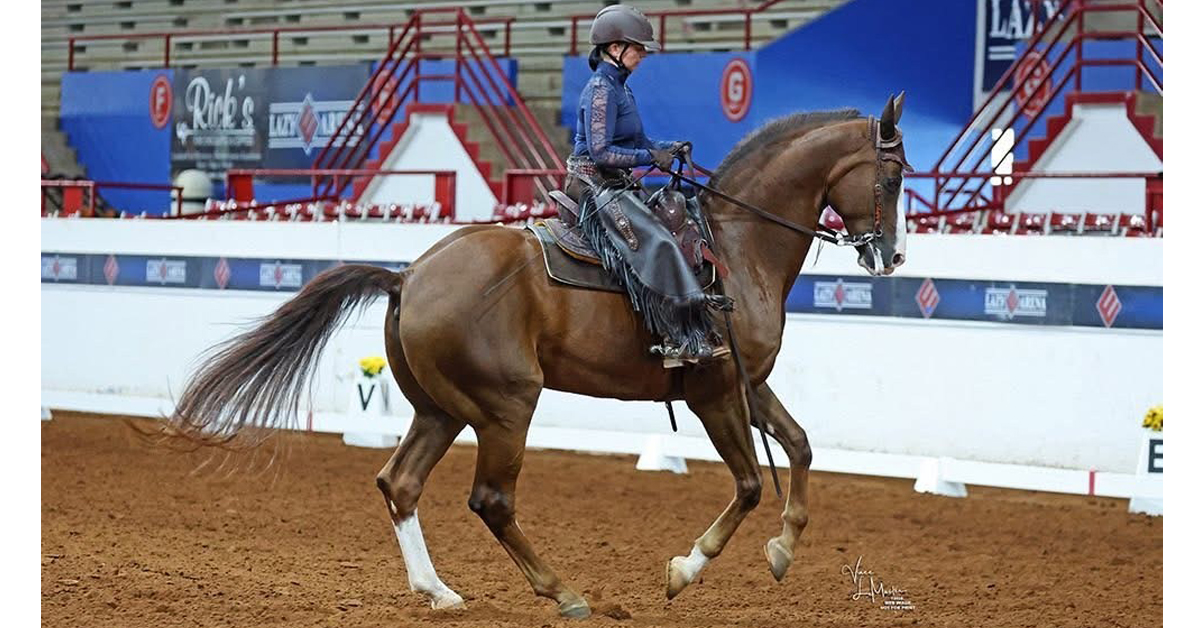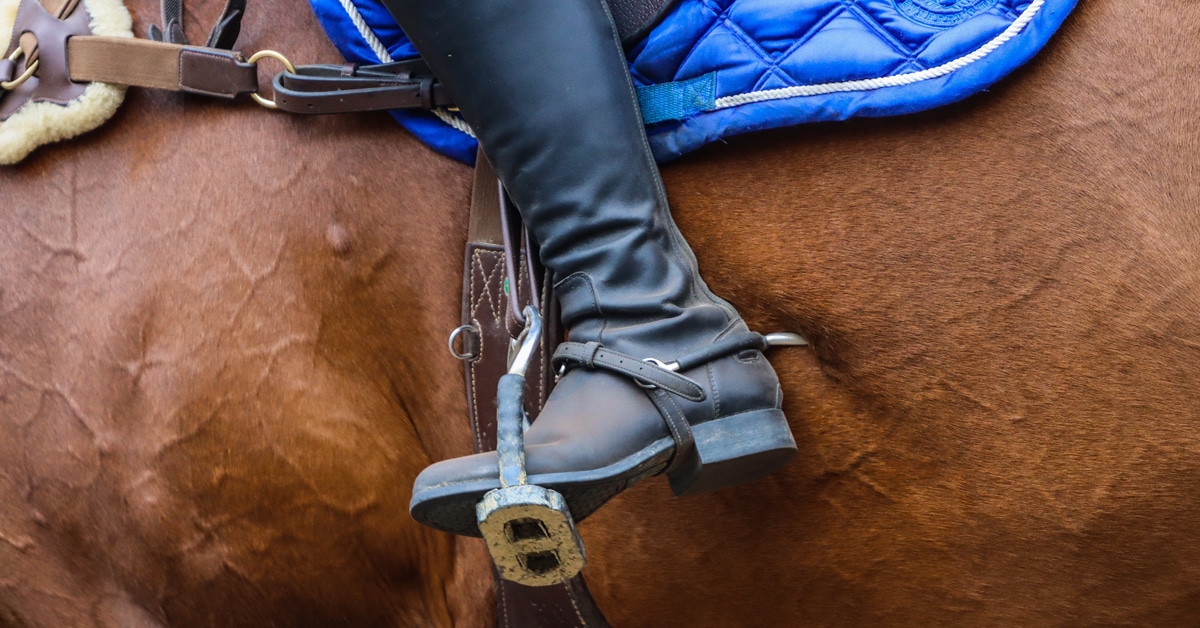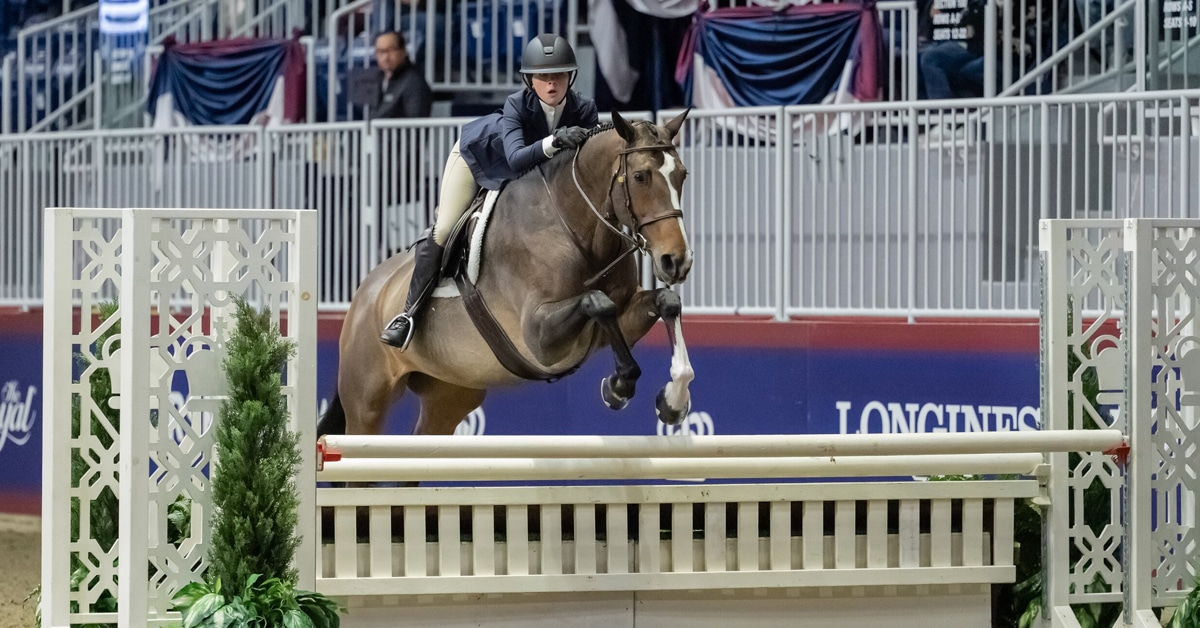In horses, one of the most common and better-recognized regenerative medicine techniques is using stem cells to promote regrowth of various body tissues in the treatment of orthopedic conditions such as bowed tendons, lesions of the deep digital flexor tendon, suspensory ligament and fracture repair and degenerative joint disease.
Stem cells are immature cells that naturally mature into various body cell types. They are unique in that they can be readily divided and manipulated or “differentiated” into specific cells for a particular part of the body and can then be transplanted to replace damaged tissue. They also contain many types of growth factors (proteins that cause cells to grow and proliferate and heal) as well as cytokines (chemicals secreted by the cells of the immune system to attack infections and damaged cells). “The idea for using stem cells is that we’re performing regenerative healing,” says Dr. Charles McCauley, assistant professor of surgery at the Louisiana State University (LSU) veterinary school, home to the Laboratory for Equine and Comparative Orthopedic Research.
When damaged tissue heals, scarring is produced, McCauley goes on to explain. “The junction of the normal tissue with the scar is never as strong as the normal tissue normally was. So what happens is those horses heal and then they go back to work and tend to re-injure themselves at that junction.” Using stem cells to replace the damaged tissue promotes healing while reducing the chance of re-injury. “What we want is the tissue to heal as close to its original architecture as we possibly can,’ says McCauley. ‘We’re trying to improve the quality of healing.”
Harvesting Stem Cells
In clinical settings, stem cells are obtained from a horse’s own tissue, either extracted from bone marrow from the horse’s sternum or hip bone while the animal is under sedation and local anesthesia, or taken from fat (adipose tissue) out of a horse’s rump.
Mesenchymal stem cells “are the cells that produce the supportive tissues of the body,” he says. Mesenchymal cells are found in bone, fat and tissue and can also be collected from the blood left in the umbilical cord and placenta after a foal is born. They are able to differentiate into many different types of cells and, therefore, are the most useful in equine regenerative medicine.
Hematopoietic stem cells, on the other hand, are found in bone marrow and can become different types of blood cells. “They use them in blood transplants in humans, especially after radiation therapy,” says McCauley, “but we don’t really need to do that in horses, because we don’t do those types of therapies.”
Hematopoietic and mesenchymal stem cells are considered adult-derived. But, another type – embryonic stem cells – are, as the name suggests, derived from a horse’s embryo. Embryonic stem cells have more potential to differentiate into cells of any type and are, therefore, more flexible than adult stem cells. They also last longer, are easier to obtain in larger numbers and aren’t affected by the horse’s own age and health in their ability to repair tissue. Their use is still only at the experimental stage. Interesting information coming out of 2010’s American Association of Equine Practitioners Convention indicates recent studies have shown “embryonic-like” cells derived from fetal tissue act like embryonic stem cells, yet share the benefits of adult stem cells, such as the ability to be used without risk of rejection by the immune system.
Back at the Lab
Stem cell treatment is not difficult to perform. A veterinarian extracts the stem cells and sends them by overnight courier to a laboratory where they are cultured (isolated and multiplied) to between five million and 10 million cells. Within two to three weeks, the stem cells are ready. They are collected, suspended in the original bone marrow fluid and returned to the veterinarian, who injects them into the injury site with the help of ultrasound to ensure the needle goes directly into the lesion.
“There are some guidelines we have to follow,” explains McCauley. “For instance, if the lesion is older than roughly 88 days, then stem cell therapy isn’t appropriate, because usually there’s too much fibrous connective tissue that fills the void in that time, so there’s probably no added benefit to use stem cells after that point.”
He says the cost for the procedure depends on the laboratory. At LSU it runs about $1,200 (US), but the most expensive he’s heard of is $2,500. “It’s not costprohibitive,” he adds.
Heading to the Bank
Harvested umbilical/placental stem cells can be frozen and banked for future use at private companies and research centres. The collection and storage method is modeled after procedures currently used in human medicine with babies’ umbilical cord blood. One of the advantages is that umbilical cord/placental collection doesn’t require a procedure on a live horse as it does with extraction from bone marrow and fat. Also, research conducted mainly in human medicine has shown these stem cells may have a greater potential for regeneration than older tissue sources.
Another benefit is turnaround. Having ready access to banked stem cells means a process that can sometimes take up to two or three weeks is reduced to days. Banking can be potentially very practical for valuable sport horses, as it provides a readilyavailable source of stem cells for injury treatment and prevention, such as during rigorous training.
However, banking comes at a price. For example, the Regenerative Medicine Laboratory at the University of California Davis School of Veterinary Medicine offers collection kits and four years of storage for about $1,600 (US).
Other Forms of Regenerative Medicine
Other technologies that fall under the definition of regenerative medicine include: Platelet-rich Plasma – Platelets are small portions of cells in the bloodstream that promote healing, including blood clotting and tissue repair. They contain growth factors and are an important part of the body’s early response when an injury occurs. Plateletrich plasma is the process of processing blood to extract the elements that contain the highest number of platelets. Blood is collected from the horse’s jugular vein, processed in a portable centrifuge to separate the platelets, and the platelets are then injected directly into or around the injured joint, ligament or tendon using ultrasound guidance. “Once the platelets are there, they release the growth factors,” says McCauley.
IRAP – Used to treat joint disease, autologous conditioned serum is more commonly known by its product name, IRAP, the acronym for the interleukin-1 receptor antagonist protein it contains. Interleukin-1 is secreted by many types of cells to attack other damaged cells and infection. It can sometimes be detrimental to joint healing, because it promotes inflammation and deterioration of joint tissues. IRAP blocks interleukin-1 from causing this damage. Blood is drawn from the horse with a syringe that contains glass beads that stimulate production of IRAP and other proteins. It is then incubated for 24 hours, centrifuged and a protein-rich serum is then injected into the joint. Most courses of treatment last about four weeks.
Regenerative medicine research is blazing ahead, with scientists examining exactly how stem cells can benefit horses, not just in orthopedics, but in other areas as well, including laminitis and spinal cord injuries. Meanwhile, in the field, veterinarians are using it to treat and prevent injuries with great success. With so much proven already and great promise for the future, it seems that this wide-ranging area of science is a major revolution in health care for horses and humans alike.
A Canadian Breakthrough
Researchers from Montreal’s Faculty of Veterinary Science, in partnership with colleagues from Toronto’s Mount Sinai Hospital, were the first to generate pluripotent stem cells from horses. Induced pluripotent stem (iPS) cells are those that are readily able to become any other types of cells. “To date, iPS cells have been established from several species, but our study is the first to report the derivation of these changeable cells from horses,” says Dr. Lawrence Smith of the University of Montreal.
This is significant, because horse’s muscle and tendon systems are similar to humans and this will allow pre-clinical trials using the horse as a model, meaning benefits for human and animal regenerative therapy. “The horse is an excellent model for a range of human degenerative diseases, especially those involving joints, bones, tendons and ligaments, such as arthritis,” says Dr. Sheila Laverty, a University of Montreal veterinary faculty professor. “The use of iPS cells in these animals may help enhance long-term tissue repair.”
Exploring Regenerative Medicine – A Canadian Eventer’s Experience
The majority of injuries sustained by event horses involve a tendon or a ligament. The recurrence rate on these injuries is extremely high. But a Canadian rider’s experience with stem cell therapy could be an indication of promising things to come in the treatment and prevention of lower leg injuries in these and other equine athletes.
When a routine checkup and ultrasound indicated Jessica Phoenix’s Pan American Games mount Exploring had suffered a damaged superficial digital flexor tendon in 2008 at a training camp just before they were slated to leave for the Beijing Olympics, the young rider was understandably devastated. Dr. Christiana Ober, the official veterinarian of the Canadian Eventing Team since 2006, had used regenerative medicine with her patients to great success, particularly in using stem cells to treat soft-tissue injuries. Ober urged Phoenix to send the off-the-track Thoroughbred back to Ontario, where he was admitted to the Toronto Equine Hospital. Here, Dr. Peter Vatcher took bone marrow from the horse’s sternum, sent it to the Atlantic Veterinary College (AVC) in Prince Edward Island to isolate and multiply the stem cells.
At AVC, a team headed by Dr. Laurie McDuffee, associate professor in large animal surgery, not only researches cell-based tissue therapy; she and her team are also the Canadian associates for VetCell Bioscience’s equine stem cell therapy technology. (In 2008, the UK-based company sought a Canadian partner and struck a deal with AVC. In 2009, the Atlantic Canada Opportunities Agency’s Atlantic Innovation Fund – which encourages commercialization of research in the region – made available $2.1 million in funding for the project over a four-year period. “With this research funding, the lab team has been able to go further with equine bone healing research and move into companion animal stem cell research,” says McDuffee.)
After Exploring’s stem cells were cultured at AVC, they were returned to Vatcher for injection into the site of the injury. Following rehabilitation and a gradual return to exercise following the procedure, Phoenix and Exploring returned to competition in July 2009 with a fourth-place finish in the Maui Jim Horse Trials, followed by Blenheim CCI 3* in the UK in September of that year.
This spring Phoenix and the 14-yearold Exploring finished seventh in the CIC 3* at The Fork Horse Trials in North Carolina and won the advanced division at Red Hills Horse Trials in Florida.
The Latest
